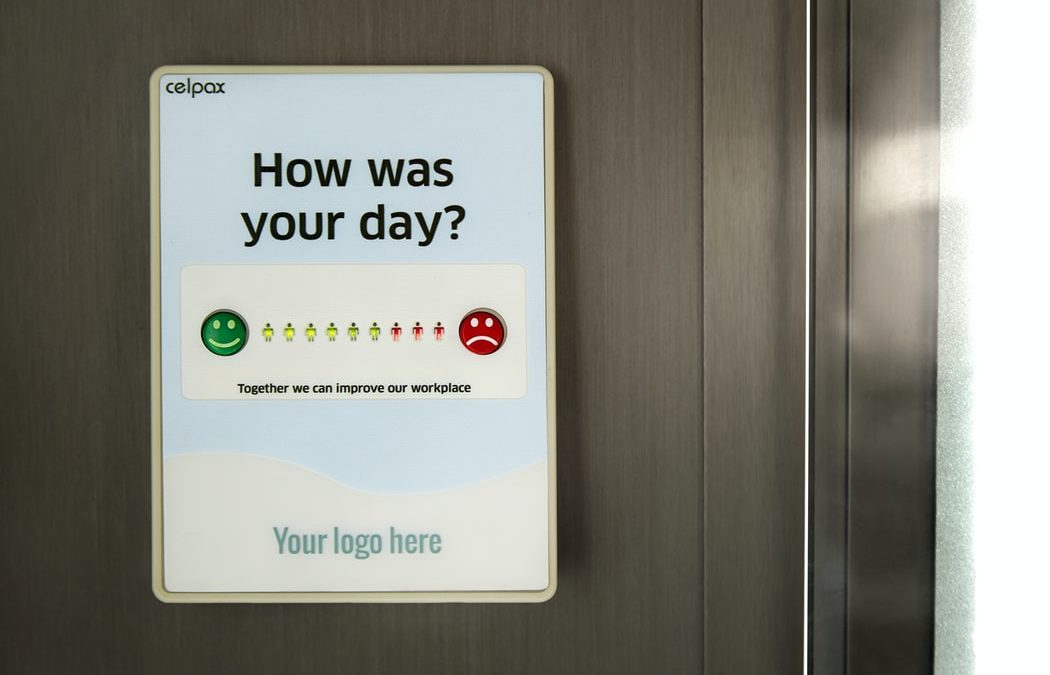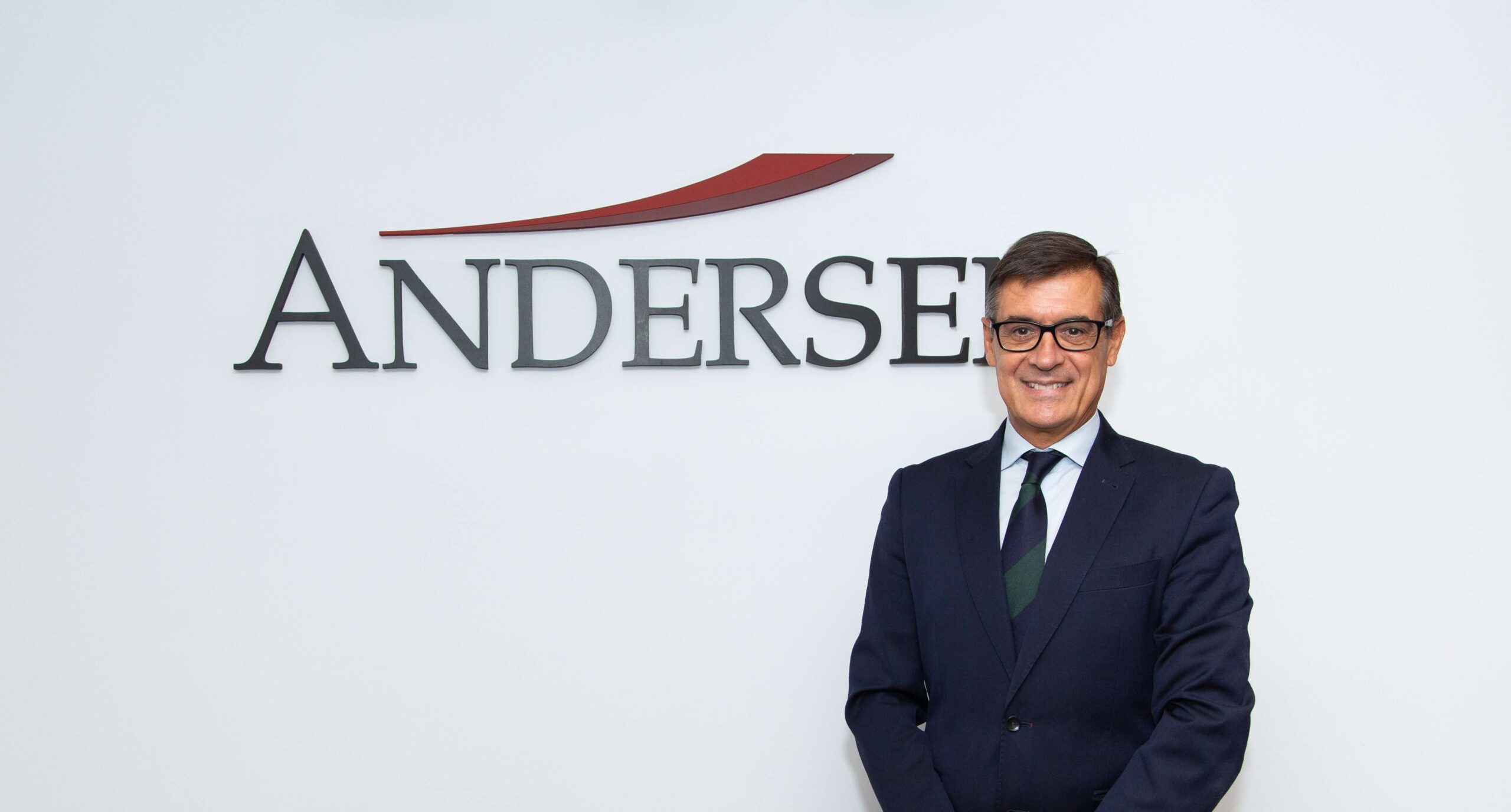The COVID-19 pandemic has accustomed us in less than a year to conceive of the entire future as a constant acceleration, in which if we are not in the lead car we will always be in the trailing car, with no possibility of a middle ground. We may have to run more than ever, but that cannot lead us to the mistake of running in a reckless and improvised way. Let us remember the doctor of the Church and patron saint of writers and journalists, St. Francis de Sales, who wrote that "what is done in haste is never done well; always act calmly and calmly. That the world is faster than ever, yes; that in order not to lose camber you have to run even if you don't know where to go, no, we don't.
The year ends with unprecedented figures on online consumption preferences, forced by a touchless economy that only reinforces some of the changes that were already taking place. In other words, the pandemic may have surprised those who had been lazy to do their homework for the new times; for everyone else, it is nothing more than an increase in the pace of something they already knew. For this very reason, the "digital transformation" is the traveling companion of those who know that the new times are not about technology, but about how the correct use of technology can free up resources to allocate them to differentiating factors in a competitive market that is also constrained by difficulties.
One of these differentiating factors, which has also been making headway and is now a sine qua non business vector, is the Customer Experience. In our aim to leave no one behind, we have to go a step further than recommending a cultural change in organizations to face the new times with solvency. It is time to put clear names to things, and that task begins with knowing what questions make up a true Customer Experience. Both for those who feel they are being left behind in the "new normal" of business, and for those who have reserved a seat in it and want to use tools to verify their path, we have prepared an infographic with the key questions of the Customer Experience.
If your organisation is ready to ask these questions, it is also ready to lead in the difficult but exciting times ahead. And if it is not, change what you need to change, because without them it will be very difficult for it to survive.







